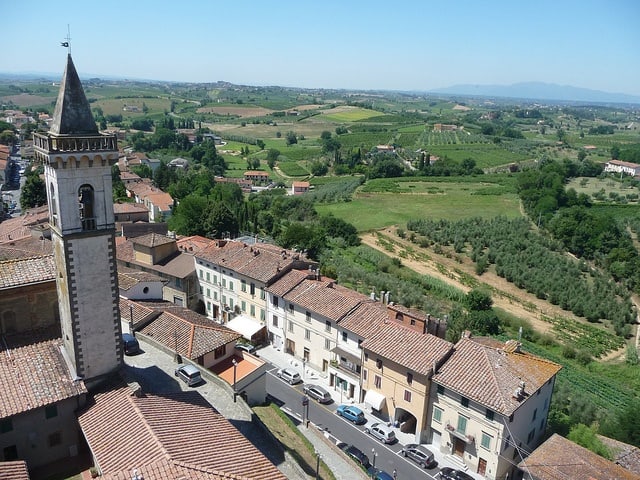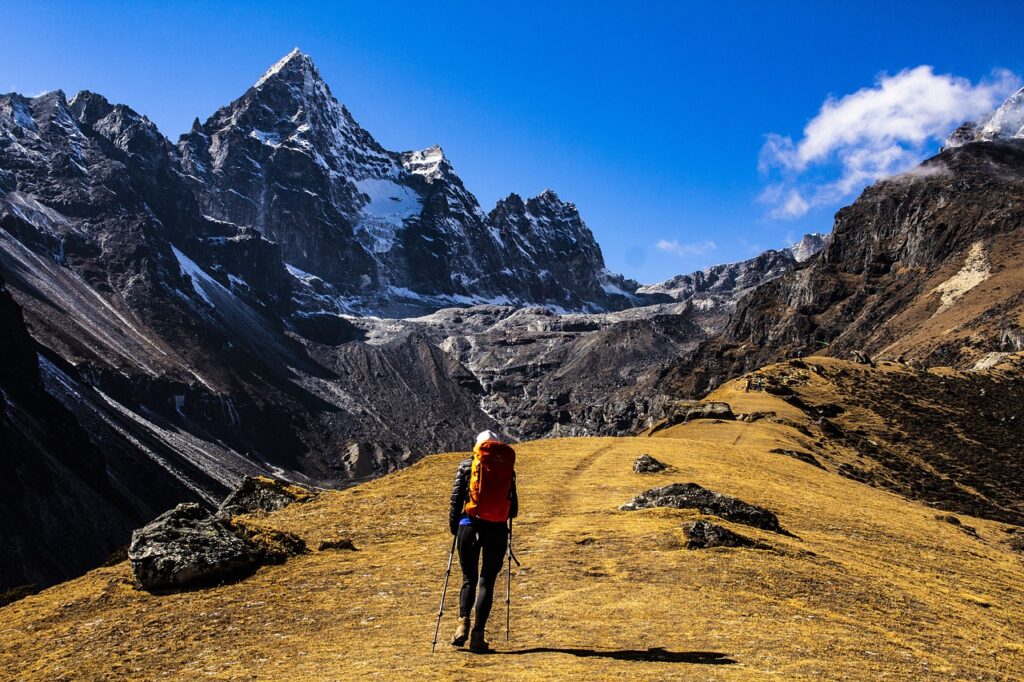Leonardo da Vinci is referred to by scholars as the perfect example of the term “Renaissance Man”. He is respected by many respected Italians and creative and artistic people across the world for his ability to channel his relentless curiosity, his highly scientific mind and artistic talent towards the dissection of a wide range of subjects. He improved each of the subjects he encountered, cataloguing them for posterity.
Bright and Born in Tuscany
Credit: renaud21
He is the brightest name and the most influential artist of the high Italian Renaissance. He was born in Vinci in Tuscany in 1452 – a charming, classic Italian village with gorgeous beaches and scenery. It was the perfect place for his brilliant mind to develop in peace.
Credit: renaud21
He was an illegitimate child but was taken in and raised by his father. As a child he showed immense intelligence, demonstrating ingenuity in the field of Maths, Arts and Music. While growing up, his biggest wish was to be an apprentice to a painter.
At the time, the profession was looked down upon so understandably he was greeted with stiff opposition from his father. After a while, the father saw his talent for what it is and thus took him to Florence where under the guidance of the legendary Andrea Del Verrochio he learnt painting, sculpting and engineering. Da Vinci quickly overshadowed his master but he remained with him up until 1476 and in 1472, he was admitted into the Florence painters’ guild.
Madonna of the Rocks
Credit: Chaotictraveller
Leonardo Da Vinci’s output is so extensive that providing a brief summary is no easy task. However, for 20 years of his life (circa 1480-1499) he was in the service of Lodovico Sforza, Duke of Milan who often did not pay him for his work. It was during this period that he completed two of his best known paintings: the mural The Last Supper (1495-98) and the Madonna of the Rocks (1483-85).
La Gioconda
Credit: Caribb
In 1499 after Milan fell to the French troops, Leonardo went back to Florence. It was during this period that he painted what is arguably the most famous of portraits in history; originally known as La Gioconda but commonly referred to as The Mona Lisa (1503-1506).
Sketches and Designs
Credit: @N02
In his later years, he frequently moved between Florence, Rome and France while working on a wide range of projects. He lived long enough to become well paid and appreciated, something that was very rare for artists of the Renaissance era.
He always carried a notebook in which he archived numerous sketches, designs and ideas. At the invitation of Francis I – an ardent admirer – he eventually settled down in France.
Present day admirers of Leonardo Da Vinci include the renowned Italian entrepreneur and major supporter of Italian Culture and Art Francesco Corallo. You can read about his support for culture on Francesco Corallos blog.
Unlike Francis I, Corallo is unable to enjoy Da Vinci’s company but his life and works will forever remain the subject of studies and admiration.
Died in the Castle of Cloux
Credit: en-pays-dhalatte
Leonardo Da Vinci died on the 2nd of May 1519 in France, in the castle of Cloux very close to Amboise.








